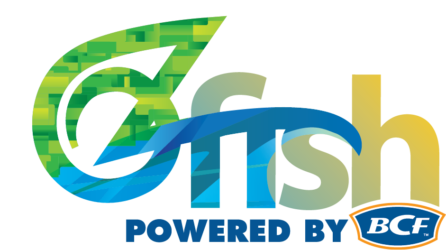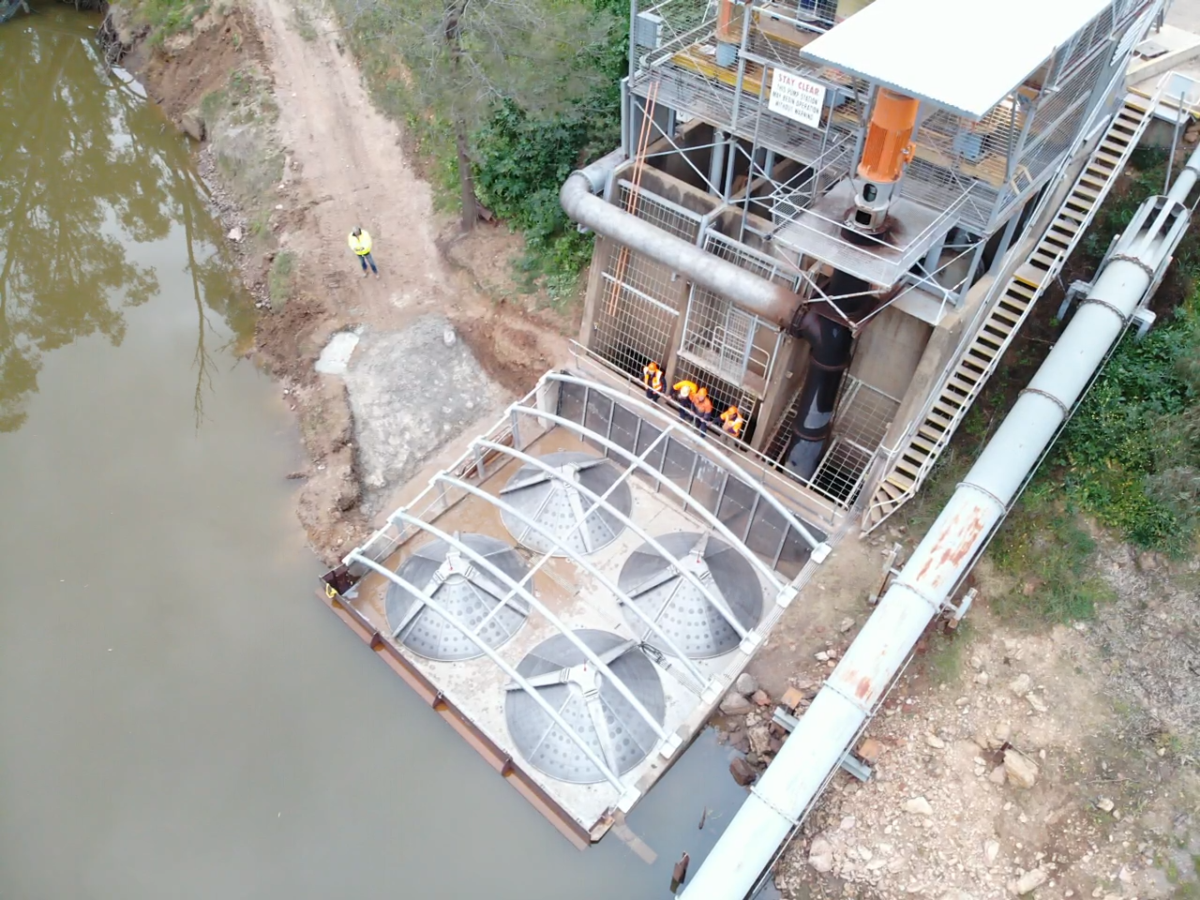New website showcases best practice fish screen management
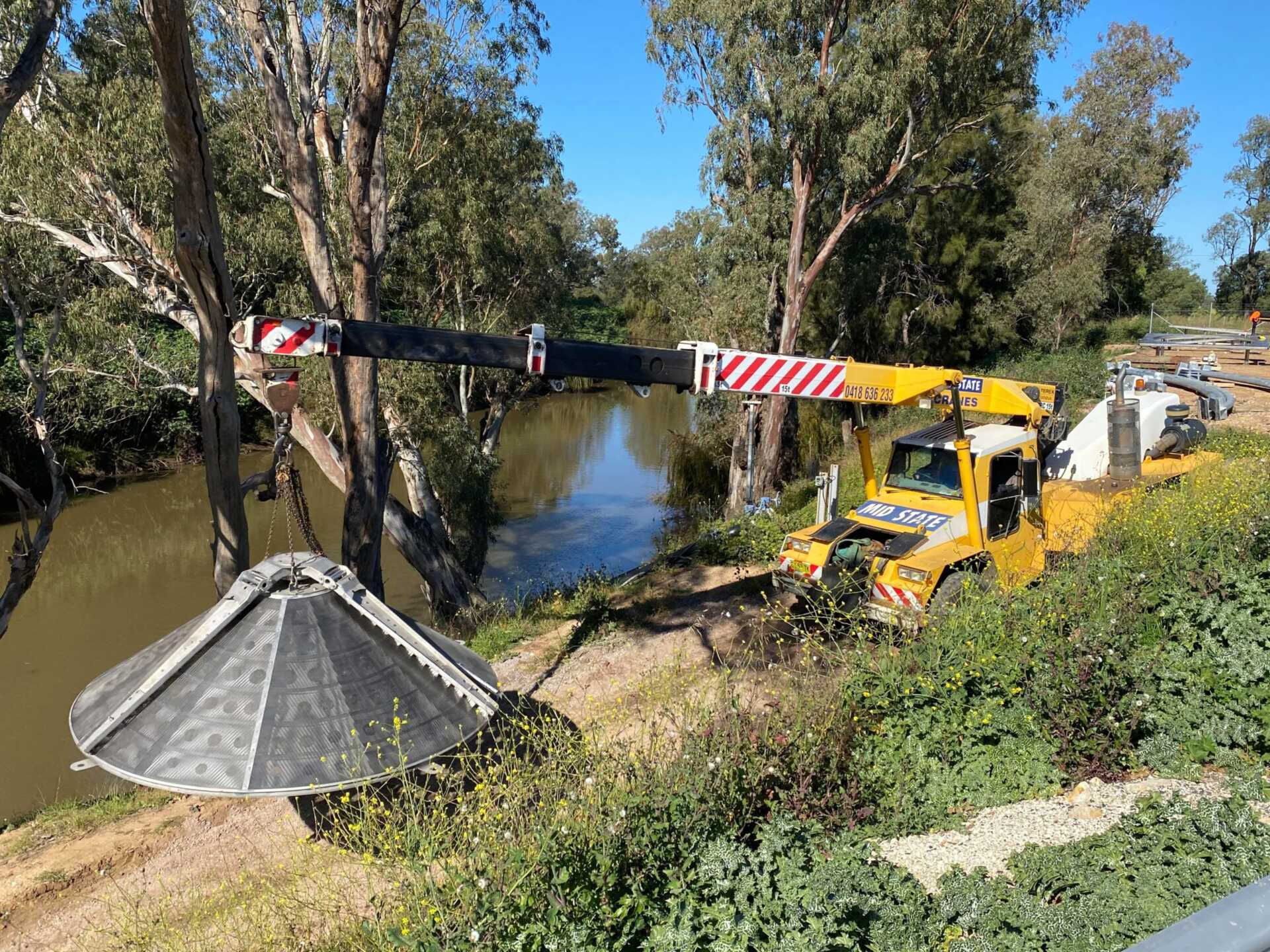
A new website launched today will showcase the benefits of self-cleaning intake screens for water pumps and gravity-fed channels, to help farmers save money and water while protecting native fish.
OzFish Unlimited, the voice of Australia’s recreational anglers, partnered with manufacturers, water users, farming groups and fisheries experts from the NSW Department of Primary Industries and Charles Sturt University to create fishscreens.org.au.
OzFish Unlimited CEO Craig Copeland encouraged farmers to visit the new website.
“This website is all about connecting farmers with the latest expertise from scientists, irrigation engineers and local manufacturers, so they can find the right technology to modernise their intake,” Mr Copeland said.
“We know they are extremely busy managing their farms so this resource is one way to save the time by putting the information on fish screens in one, easy to navigate place.”
Thousands of pumps and gravity-fed diversions extract water from rivers across Australia. Most of these either have no screen or are fitted with ineffective screens known as ‘trash racks’.
Mr Copeland said these older screens suck in fish and debris and can cost farmers time and money.
“There’s been a lot of news recently about the impacts of older screens and how these impacts could be eased using modern technology. However, there hasn’t been much information available,” he said.
“This website will now help people understand what modern screens are, how they work, see examples of modern screens in action and how they can benefit farms and native fish.”
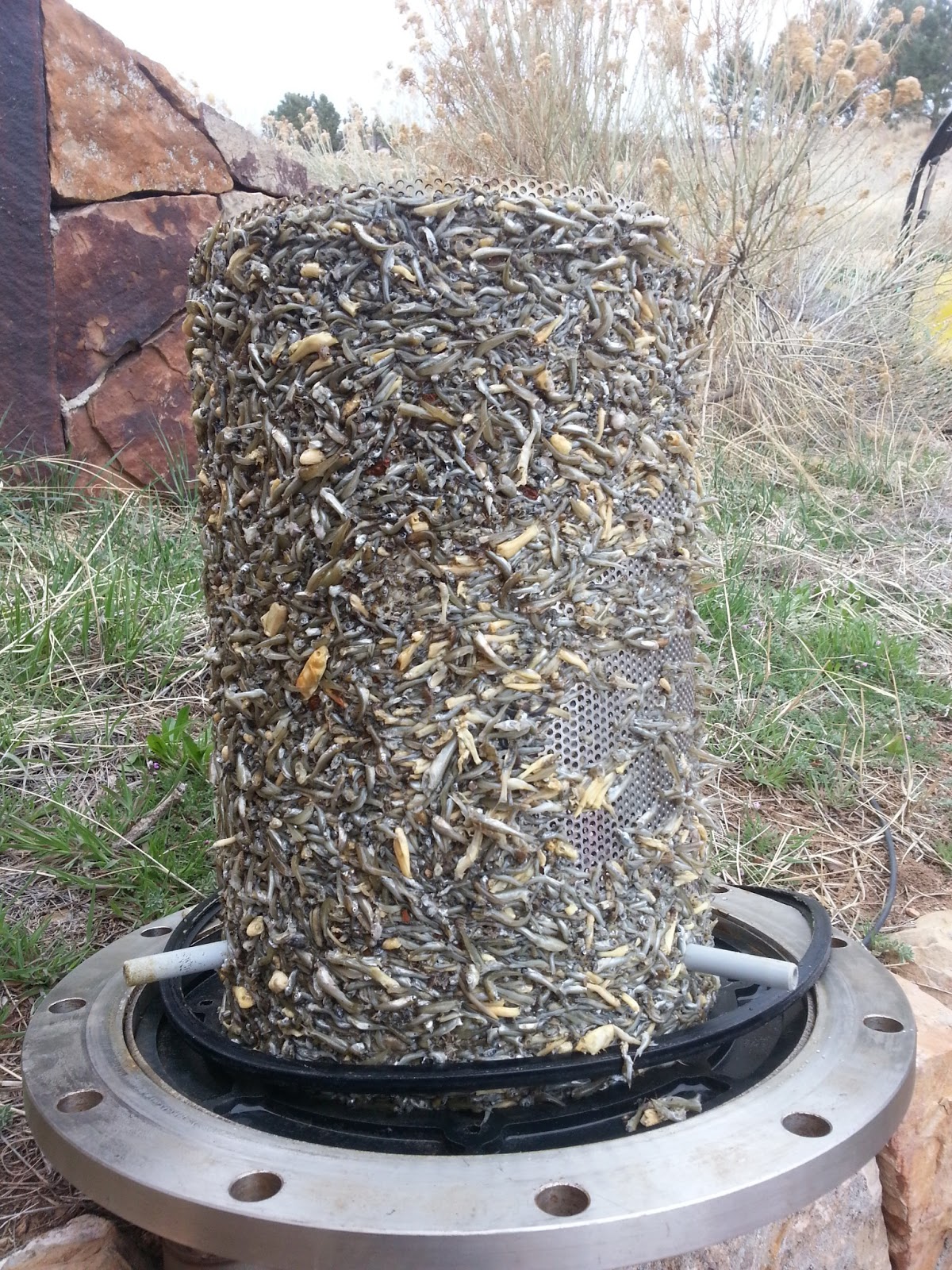
National Irrigators Council CEO Steve Whan welcomed the initiative.
“Irrigators are strong advocates for river conditions that suit native fish and we are early adopters of technology that will help the environment and productivity,” he said.
“Modern fish screens definitely fit that bill and we expect plenty of interest in this website.”
Dr Craig Boys, a Senior Fisheries Scientist at NSW DPI, researched the most appropriate screens for Australian conditions.
“Modern screens have a large surface area, fine mesh and are self-cleaning. They reduce the velocity of water entering a water intake, without affecting the volume. This keeps fish and debris where they belong – in the river, not in water supply pipes and channels,” Dr Boys said.
“Modern screens have been successfully applied overseas for decades. But not all screens are created equal, and it’s important to get the right information to the Australian consumer.”
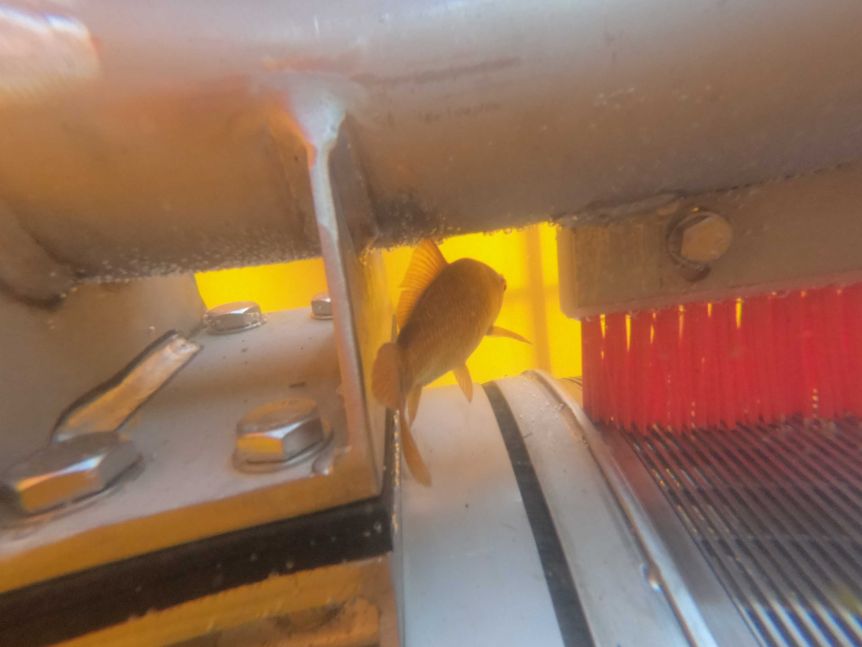
The website comes at an important time for regional communities, as they chart their recovery from bushfires, drought, flooding and COVID-19.
“Modern screens keep money on farms, provide manufacturing jobs, support retail services and boost tourism. The market for screens could be worth $3.7 billion in NSW alone,” Dr Boys said.
Research Officer in Fisheries at Charles Sturt University Dr Katie Doyle agreed.
“Implementing screens can save millions of fish per year, and such an undertaking requires close collaboration between government, academics, farmers, manufacturers and fishers
“Through co-design and a genuine commitment to work together, we can solve a problem that has been affecting fish for more than 50 years”.
Funding for fishscreens.org.au was provided by the NSW Recreational Fishing Trusts, the Ian Potter Foundation through the Screens for Streams program and BCF – Boating Camping Fishing.
